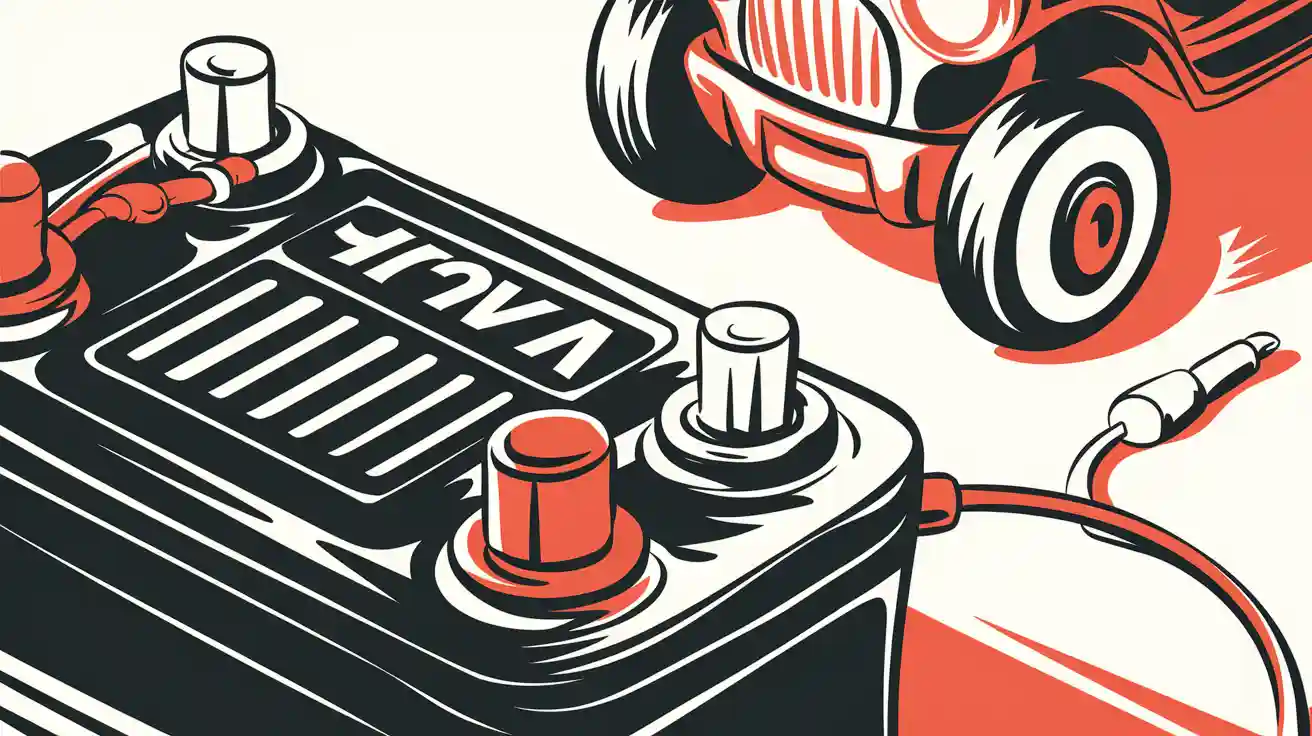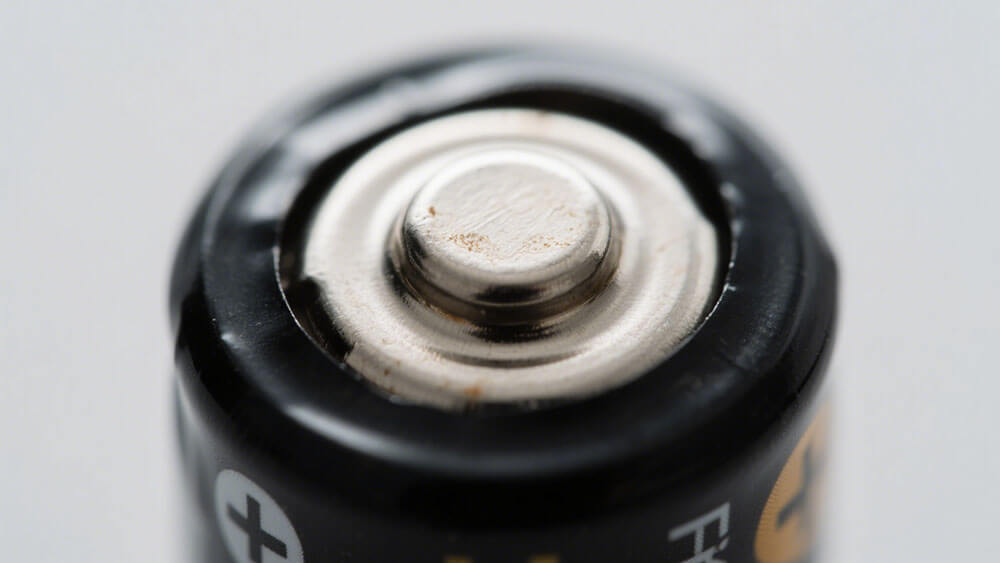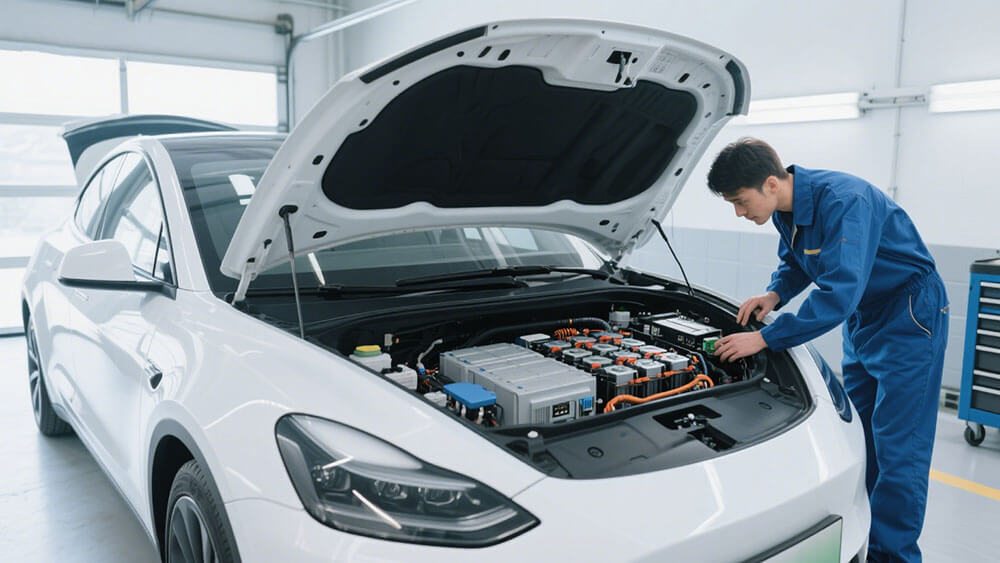
When it comes to providing an overview to 12V batteries for Power Wheels, these batteries offer unmatched reliability and performance. Their ability to deliver consistent energy ensures longer playtime and smoother rides. Lithium-ion 12V systems enhance this experience by offering lightweight designs, faster charging, and extended lifespans. By 2030, global demand for 12V lithium batteries could surpass 6.9GWh, underscoring their growing importance.
Key Takeaways
12V batteries are important for Power Wheels. They give more energy for longer play and work well on different surfaces.
Lithium-ion batteries are better than old lead-acid ones. They are lighter, charge faster, and last longer, making them great for today’s ride-on toys.
Buying good 12V batteries, like lithium-ion, saves money over time. They are also better for the environment by cutting waste and using less energy.
Part 1: Overview to 12V Batteries for Power Wheels

1.1 What makes 12V batteries essential for Power Wheels?
A 12V battery is the backbone of any Power Wheels vehicle. It provides the necessary power to ensure a safe and thrilling driving experience for children. Compared to lower-voltage options, a 12V battery delivers superior energy output, enabling ride-on toys to handle various terrains with ease. This makes it an ideal choice for both indoor and outdoor use.
Modern lithium-ion batteries take this performance to the next level. They are lighter, which improves speed and handling, and they offer longer playtime between charges. Proper maintenance, such as avoiding overcharging and storing the battery in a cool, dry place, can further extend its lifespan. These features make the 12V battery an essential component for enhancing the overall functionality of Power Wheels.
1.2 How 12V battery systems enhance ride-on performance.
The performance of a ride-on toy depends heavily on its power source. A 12V battery system significantly boosts the toy’s capabilities. For instance, it allows Power Wheels to achieve higher speeds and longer runtimes compared to 6V systems. The table below highlights these differences:
Feature | 6V Battery | 12V Battery |
|---|---|---|
Max Speed | 2-3 mph | 5-7 mph |
Average Runtime | 1-2 hours | 2-4 hours |
Terrain Compatibility | Flat Surfaces | Various Terrains |
Lithium-ion technology further enhances these benefits. It ensures consistent power delivery, even on uneven surfaces, and reduces the need for frequent recharging. This makes 12V systems a reliable choice for ride-on toys.
1.3 Key features of modern Power Wheels batteries.
Modern Power Wheels batteries are designed with advanced features to meet the demands of today’s ride-on toys. These include:
Compatibility with a wide range of Power Wheels models, ensuring seamless integration.
Advanced lithium-ion technology, which offers durability and maintenance-free operation. Learn more about lithium-ion batteries here.
Built-in safety mechanisms like overcharge protection and thermal sensors to prevent overheating.
Clear specifications for charging methods, voltage limits, and charging times to ensure safe and efficient use.
These features not only enhance the performance of Power Wheels but also provide peace of mind for parents and manufacturers. By choosing a high-quality power wheels battery, you can ensure long-term reliability and safety.
Part 2: Types of Power Wheels Batteries

2.1 Lead-acid batteries: Traditional choice and limitations.
Lead-acid batteries have long been the standard for Power Wheels vehicles due to their affordability and availability. These batteries are known for their reliability in delivering consistent power, making them a popular choice for entry-level ride-on toys. However, they come with significant limitations that can impact performance and longevity.
One major drawback is their limited cycle life. The table below illustrates how the depth of discharge affects the lifespan of lead-acid batteries:
Depth of Discharge | Starter Battery | Deep-cycle Battery |
|---|---|---|
100% | 12–15 cycles | 150–200 cycles |
50% | 100–120 cycles | 400–500 cycles |
30% | 130–150 cycles | 1,000 and more cycles |
Lead-acid batteries are also heavier, which can reduce the speed and maneuverability of Power Wheels. Additionally, they require regular maintenance, such as checking electrolyte levels, to ensure optimal performance. These limitations make it essential to explore advanced alternatives like lithium-ion batteries.
2.2 Lithium-ion batteries: Advanced technology for ride-on toys.
Lithium-ion batteries represent a significant leap forward in battery technology for Power Wheels. They offer numerous advantages over traditional lead-acid systems, including higher energy density, longer cycle life, and faster charging times. These features make them ideal for modern ride-on toys that demand superior performance.
Unlike lead-acid batteries, lithium-ion systems are lightweight, which enhances the speed and handling of Power Wheels. They also feature built-in safety mechanisms, such as overcharge protection and thermal sensors, ensuring a safer experience for children. With a lifespan of up to 2,000 cycles, lithium-ion batteries significantly reduce the need for frequent replacements, offering long-term value.
For businesses looking to select the best power wheels battery, lithium-ion technology provides a compelling solution. Its ability to deliver consistent power across various terrains ensures a reliable and enjoyable ride-on experience.
Tip: Learn more about lithium-ion batteries and their applications in ride-on toys here.
2.3 Comparing battery types for Power Wheels applications.
When comparing lead-acid and lithium-ion batteries for Power Wheels, the differences are striking. The table below highlights key performance metrics:
Feature | Lead-acid Battery | Lithium-ion Battery |
|---|---|---|
Weight | Heavy | Lightweight |
Cycle Life | 150–500 cycles | 1,000–2,000 cycles |
Charging Time | 8–12 hours | 2–4 hours |
Maintenance Required | Yes | No |
Cost-effectiveness | Short-term | Long-term |
Lithium-ion batteries clearly outperform lead-acid systems in almost every category. They not only make the Power Wheels battery last longer but also reduce downtime due to their quick charging capabilities. For businesses aiming to enhance the performance and safety of ride-on toys, lithium-ion batteries are the superior choice.
Note: To explore custom lithium-ion battery solutions for your Power Wheels, visit Large Power.
Part 3: Advantages of Power Wheels 12V Battery Systems

3.1 Superior performance and efficiency with lithium-ion batteries.
Lithium-ion batteries redefine the performance of ride-on toys by delivering unmatched energy efficiency and reliability. These batteries excel in several technical metrics, making them the preferred choice for Power Wheels 12V battery systems:
Energy Density: Lithium-ion batteries store more energy per unit weight, enabling longer playtimes for kids without frequent interruptions.
Longevity: With a lifespan of up to 2,000 cycles, these batteries maintain consistent performance over extended periods.
Recharge Efficiency: Advanced battery management systems (BMS) optimize charging times, allowing you to charge regularly without worrying about overcharging.
These features ensure that lithium-ion batteries meet the power needs of modern ride-on toys, providing a smoother and more enjoyable experience for children. By upgrading to lithium-ion technology, you can enhance the speed, runtime, and overall performance of Power Wheels vehicles.
Tip: To explore custom lithium-ion battery solutions tailored to your ride-on toy requirements, visit Large Power.
3.2 Enhanced safety features for ride-on toys.
Safety is a top priority when it comes to ride-on toys, and modern Power Wheels 12V battery systems incorporate advanced safety features to protect both children and the battery itself. These include:
Overcharge Protection: Prevents damage caused by excessive charging, ensuring the battery remains safe and functional.
Thermal Sensors: Monitor temperature levels to avoid overheating during use or charging.
Compliance with Global Standards:
ASTM F963-17 in the U.S. ensures batteries meet stringent safety benchmarks.
EN 62115 in Europe mandates CE marking, signifying adherence to health and safety regulations.
GB 6675 in China and PSE mark in Japan enforce rigorous quality control measures.
These safety features not only protect kids but also extend the lifespan of the battery, reducing the likelihood of premature failure. By choosing a Power Wheels battery with robust safety certifications, you can ensure a secure and worry-free experience for your customers.
3.3 Cost-effectiveness and long-term value.
Investing in a high-quality Power Wheels 12V battery system offers significant cost savings over time. While the initial cost of lithium-ion batteries may be higher, their long-term value far outweighs traditional alternatives. The table below illustrates a cost-benefit analysis:
Battery Type | Total Cost | Lifespan (Years) | Cost per Cycle |
|---|---|---|---|
Lithium Iron Phosphate (LIF) | $13,450.00 | 27.4 | $1.35 |
Absorbed Glass Mat (AGM) | $54,000.00 | 5.6 | $5.27 |
Flooded Lead Acid (FLA) | $47,509.20 | 3.15 | $15.10 |
Lithium-ion batteries, such as LiFePO4, offer a significantly lower cost per cycle compared to lead-acid options. Their extended lifespan and minimal maintenance requirements make them a cost-effective solution for businesses and consumers alike. Additionally, real-time monitoring and optimized usage patterns further enhance their operational efficiency, ensuring you get the most value from your investment.
3.4 Environmental benefits of modern battery systems.
Modern 12V battery systems, particularly lithium-ion batteries, contribute to a more sustainable future. Their eco-friendly design and reduced environmental impact make them a responsible choice for ride-on toys. Key environmental benefits include:
Reduced Waste: Lithium-ion batteries last longer, reducing the frequency of replacements and minimizing waste.
Energy Efficiency: Advanced charging technology consumes less energy, lowering the carbon footprint of charging a dead Power Wheels battery.
Sustainable Materials: Many manufacturers now prioritize conflict-free minerals and sustainable sourcing practices. Learn more about sustainability efforts at Large Power.
By choosing lithium-ion batteries for your Power Wheels, you not only enhance performance but also contribute to a greener planet. This aligns with the growing demand for environmentally responsible products in the ride-on toy industry.
Choosing 12V batteries, especially lithium-ion systems, transforms the performance of Power Wheels. These batteries offer superior energy efficiency, safety, and durability. High-quality options ensure consistent voltage output, longer playtimes, and reduced maintenance. The table below highlights their key benefits:
Benefit | Description |
|---|---|
Safety | Sealed, maintenance-free design reduces risks of acid leaks, ensuring child safety. |
Rechargeable | Convenient and cost-effective compared to disposable alternatives. |
Stable Voltage Output | Delivers consistent motor performance throughout the discharge cycle. |
Affordability | Cost-effective choice for families and businesses. |
Durability | Built to withstand rigorous play conditions, extending battery life. |
Availability | Widely accessible replacement options from trusted manufacturers. |
Ease of Use | Simplified charging systems for parents and caregivers. |
Investing in advanced battery solutions enhances ride-on toy performance while ensuring safety and reliability. By prioritizing quality and proper maintenance, you can maximize value and contribute to a sustainable future.
FAQ
1. What is the lifespan of a lithium-ion battery in Power Wheels?
Lithium-ion batteries last up to 2,000 cycles, offering extended durability compared to lead-acid systems. Learn more about lithium-ion batteries here.
2. How can I ensure the safety of my Power Wheels battery?
Choose batteries with built-in safety features like overcharge protection and thermal sensors. Explore certified solutions at Large Power.
3. Why should I consider custom battery solutions for ride-on toys?
Custom solutions optimize performance, safety, and longevity for specific applications. Consult Large Power for tailored designs here.




